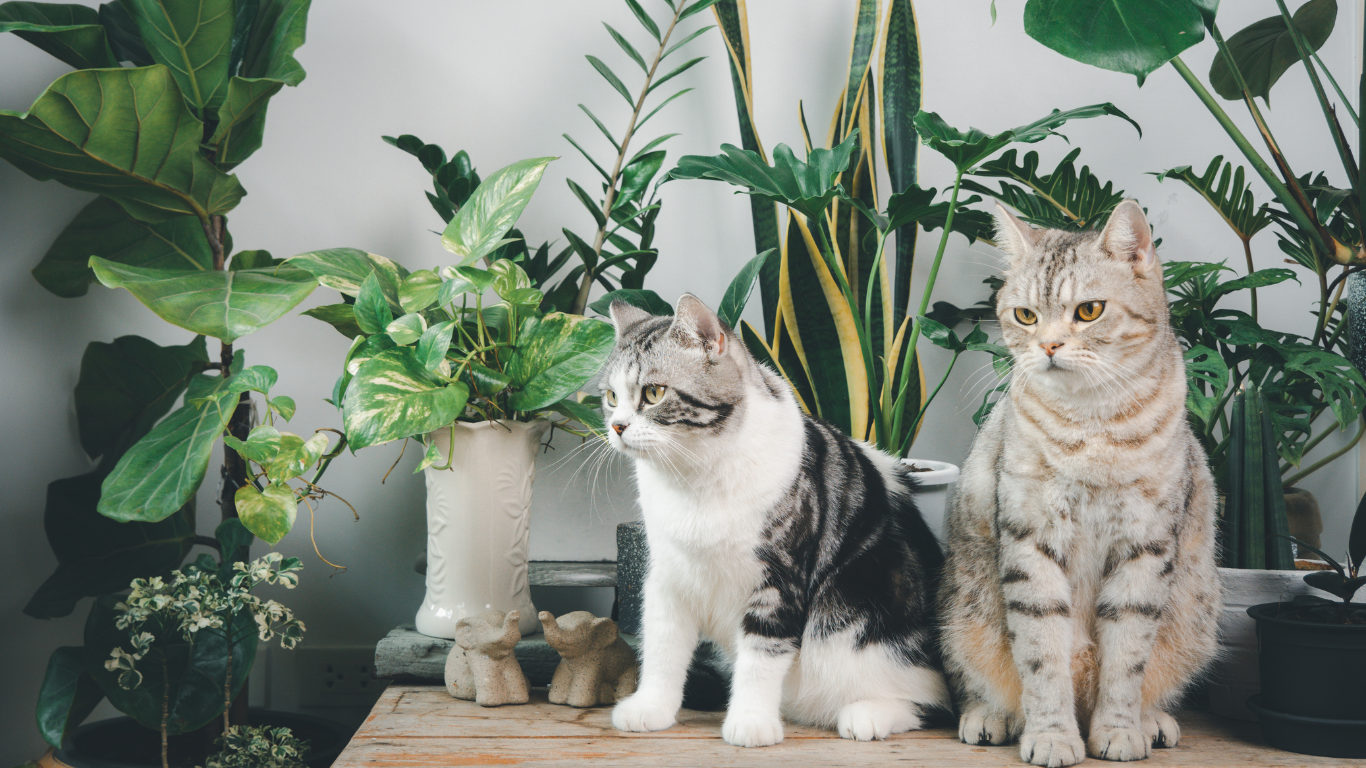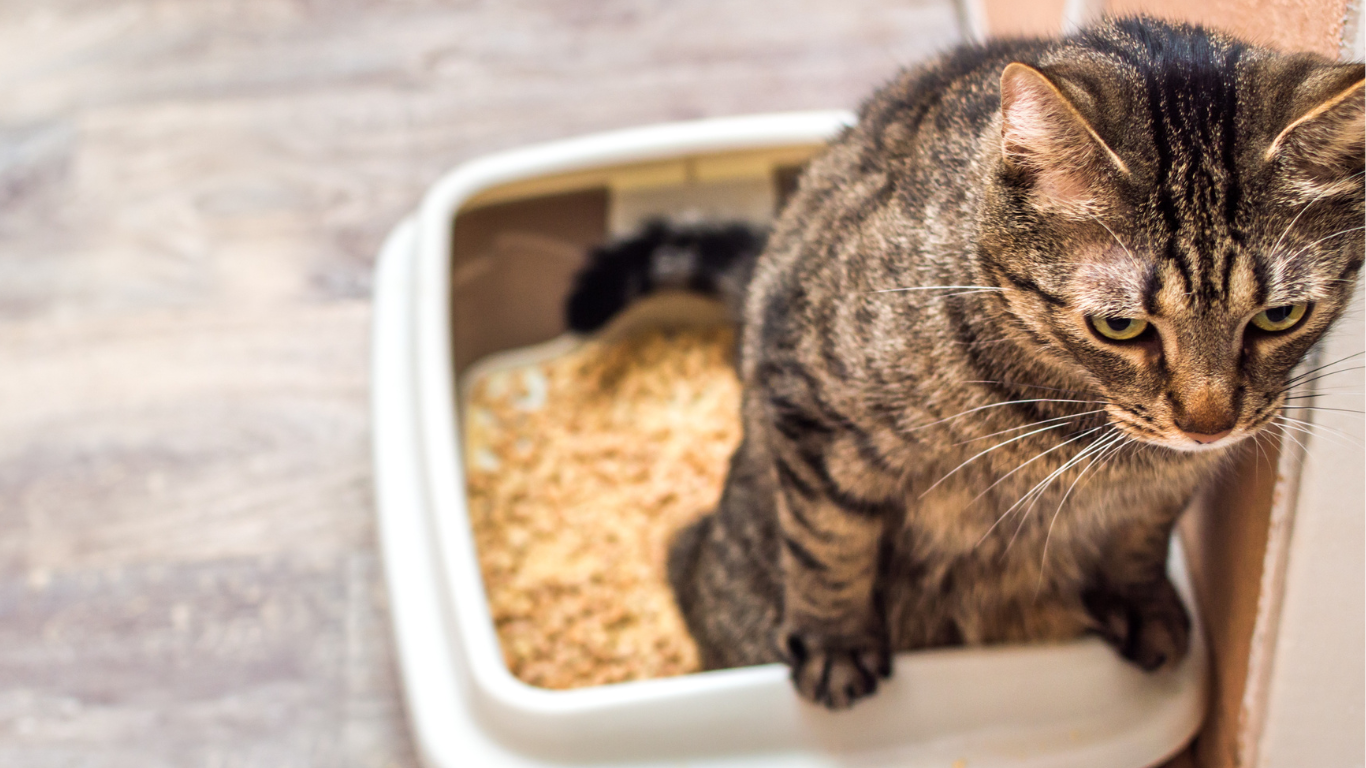Cats should not lack for anything. This intention is laudable, but unfortunately it always leads to people meaning a little too well with their food. Too much or the wrong food and too little exercise can, over time, cause indoor cats in particular to suffer from obesity. You can find out here whether your tiger is too fat and what you can do to combat its excess weight.
Is your cat overweight?
A normal-weight adult domestic cat weighs between three and seven kilograms, depending on gender, breed, size and age. A healthy cat has a light layer of fat on its stomach, chest and ribs. Her waist is clearly visible but not sunken.
How to tell if your cat is overweight:
- the stomach hangs lower than the chest
- the waist is no longer or barely visible
- Ribs and vertebrae can hardly or not be felt under the layer of fat
A study by the Ludwig Maximilian University of Munich (LMU) found that around 50 percent of all pets in Germany have too much on their ribs.
How does cats become overweight?
The reason is often the same as for us humans: too much high-calorie food with too little exercise. But reduced energy requirements after castration can also lead to obesity. More rarely, obesity occurs as a result of a metabolic disorder or medication (e.g. cortisone leads to increased appetite and thirst).
The consequences of being overweight can be joint problems such as osteoarthritis, diabetes, cardiovascular diseases or damage to the liver and kidneys. Diseases of the urinary bladder (e.g. urinary grit) also occur.
But excess weight can also disrupt the clean animals' everyday routines: they can no longer reach certain parts of their body when cleaning and their fur becomes increasingly matted.
How do you put your cat on a diet?
Before your cat is prescribed a diet, you should first check with a veterinarian that the excess weight does not have any illness-related causes. If this is ruled out, take a closer look at the food: Some foods have a special recipe for cats with lower energy requirements - so a slowchange in food makes sense.
Treats should be as low in fat as possible - snacks made from fillet meat are particularly suitable, but these must be deducted from the daily food ration.
Reducing the amount of food should also only happen slowly. Cats are often reluctant to accept this and complain by meowing loudly, which the owner often finds difficult to tolerate.
Under no circumstances should you completely give up food for your cat, even for a short period of time - i.e. go on a zero diet - because otherwise there is a risk of lipidosis.
Exercise helps reduce your cat's excess weight
In addition to an adapted diet, activity should not be neglected. Many toys such as cat fishing rods, scratching waves or rustling barrels can motivate your cat to get moving. Special anti-gobbling bowls are also a great activity so that the food cannot be devoured so quickly. A trip on a leash also helps domestic cats get their circulation going. Overall, two hours of exercise a day can help you tackle excess weight.
With lots of lean meat and no artificial additives, our Labsal wet cat food is particularly suitable for fuller tigers.











